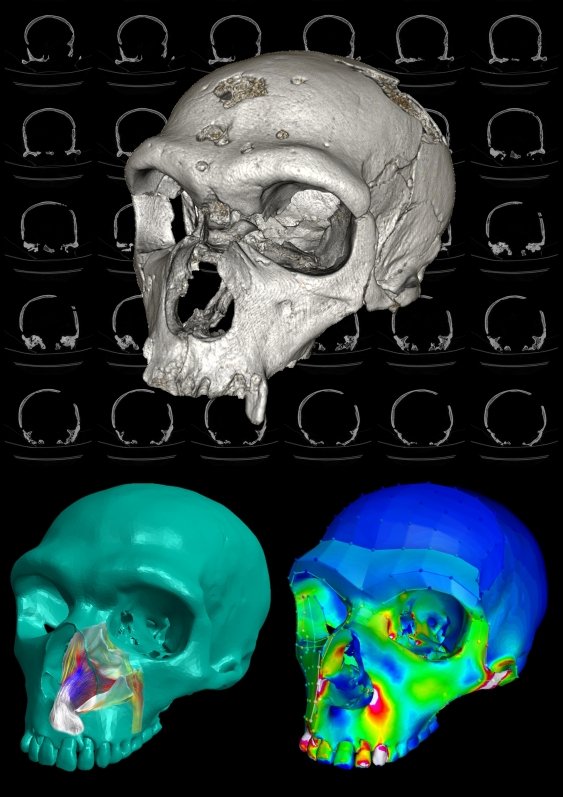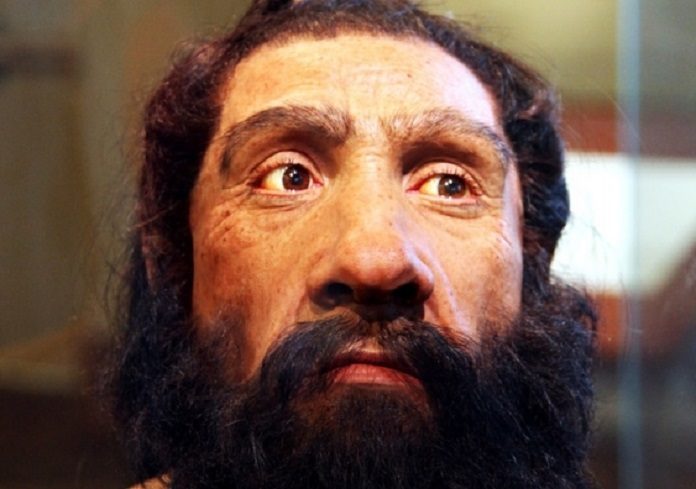Scientists have determined the extinct human species of Neanderthals and found that this extinct human species probably expended huge amounts of energy in pursuit of an extremely active lifestyle. As reports suggest, this may account for their huge noses and long faces.
UNSW scientists carefully discounted a competing theory that Neanderthals had massive bite force. Based on that, they have developed convincing new confirmation that the nasal entries of Neanderthals were equipped for both molding and diverting vast volumes of air all through their lungs.
Professor Stephen Wroe of the University of New England said, “In this respect, Neanderthal breathing was almost twice as effective as it is in modern humans. This means that Neanderthals could get far more oxygen into their system before having to resort to mouth-breathing. Breathing through the nose is more efficient than mouth-breathing in terms of energy use.”
“Our conclusion was that the distinctive, projecting Neanderthal face is an adaptation linked with an extreme, high-energy lifestyle. It may be because Neanderthals were routinely involved in very strenuous activities, such as running down and killing large animals, or it may simply be that they needed to burn a lot of oxygen just to stay warm in their Ice Age habitats. Or it could be some combination of both.”
The group assembled the initial three full model recreations of Neanderthal skulls, including the more perishable material of the nasal hole, which just seldom survives the fossilization procedure, and contrasted those skulls and those of modern people and skull reproductions of an imaginable human predecessor, Homo heidelbergensis.
Dr. Parr, of the Prince of Wales Clinical School said, “The engineering methods we used to analyze the specimens need whole crania, and all of the Neanderthal fossils were damaged.”
“So we used the same kind of medical images that are taken in a standard hospital CT scan on the basis of our analysis. We applied cutting-edge virtual reconstruction methods, some of which are used in surgical planning, to reconstruct whole cranial models from the damaged fossil remains.”

By utilizing mechanical building reenactments to demonstrate the capacity of every species to support high chomp powers, they decided out a hypothesis that Neanderthal skulls had developed into their unmistakable frame to give these old people an all the more intense nibble.
The worldwide group additionally mimicked breathing through the Neanderthals’ huge nose – or all the more particularly, the holes that lay behind it – utilizing computational liquid elements.
The investigation demonstrated that in spite of the fact that Neanderthals were more successful at warming and humidifying approaching air than the more crude Homo heidelbergensis, they were not as viable at warming chilly air as present-day people – paying little heed to whether the advanced people were from frosty or hot atmospheres.
Be that as it may, in one regard, Neanderthals were remarkable: when contrasted with Homo heidelbergensis and scope of modern people, the Neanderthals unmistakably exceeded expectations at getting air all through their bodies through their noses quick.
The results of a study published in the Proceedings B of the Royal Society of London.
